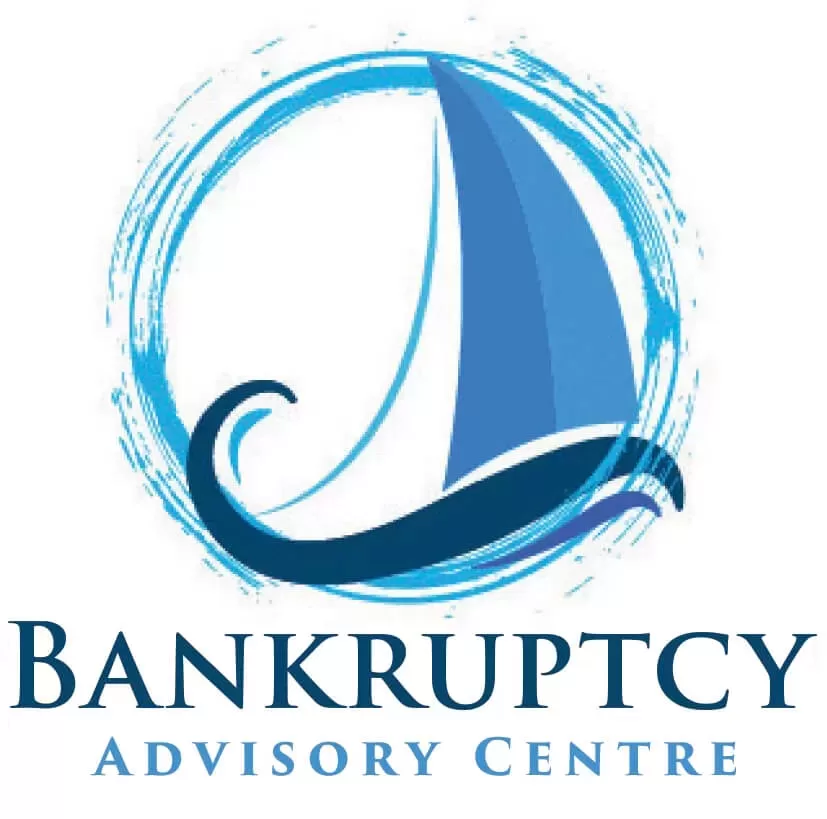Navigating Bankruptcy: Comprehensive Options Guide
Facing Bankruptcy can be an incredibly challenging and overwhelming experience, putting significant strain on your emotional and mental health in addition to your financial well-being. However, armed with a thorough understanding of the various options available, you can make well-informed decisions tailored to your unique financial situation and work towards regaining control of your finances.
With expert support and guidance from the Bankruptcy Advisory Centre, you can confidently tackle Navigating Bankruptcy issues and embark on a journey towards a stable and secure financial future. We are committed to offering comprehensive guidance, support, and tailored advice for individuals facing Bankruptcy in Australia.

Bankruptcy: Overview and Implications
Bankruptcy is a legal process managed by AFSA and the Bankruptcy Act (1966). It is designed to offer relief for people and companies with unmanageable debt and financial distress. There are many misconceptions about Bankruptcy and its effects on your future credit, so it is important to understand all of the implications and requirements of declaring Bankruptcy, which can include:
- Loss of assets: Declaring Bankruptcy may result in liquidating your assets, such as vehicles and properties, to repay outstanding debts. However, in many cases, we can work out a plan that allows you to keep your assets, such as your house and car.
- Debts that are not covered by Bankruptcy: While Bankruptcy offers absolution from a multitude of debts, some debt obligations such as HEX debt, court-imposed fines, Centrelink Debt, spousal support and Child support debt obligations cannot be resolved with Bankruptcy
- Impact on your credit report: Bankruptcy typically lasts for three years; however, its record remains on your credit report for five years, hindering your ability to secure credit and loans. A Bankruptcy will be listed indefinitely on the National Personal Insolvency Index (NPII), and this information may impact your ability to secure credit and loans in the future.
- Restrictions on employment and business: Some professions and industries may impose employment restrictions for individuals who have declared Bankruptcy. These regulations vary from [state to state] in Australia; for example, company directorship of new or existing companies will be prohibited during the bankruptcy period.
Bankruptcy Alternatives
At Bankruptcy Advisory Centre, we champion the transformative potential of a fresh financial beginning through Bankruptcy. We stand by our clients, ensuring they can retain assets like homes or cars and enjoy a stable personal income where possible.
However, alternatives depend on your financial situation’s severity and ability to meet specific eligibility criteria. Here are some common alternatives to Bankruptcy:
- Debt Agreement: A legally binding arrangement between you and your creditors, where you negotiate to repay a percentage of the total debt you can afford. This option is not considered an act of Bankruptcy but can provide relief from overwhelming credit card or unsecured debt.
- Personal Insolvency Agreement: A formal agreement with your creditors under which you propose a repayment plan to satisfy your debts. A personal insolvency agreement typically involves engaging a trustee to manage the agreement, and your assets may be used to repay outstanding debts, usually on a secured loan such as a mortgage or car loan.
- Informal Repayment Arrangements: Negotiate directly with your creditors to develop repayment arrangements that align with your financial capacity, such as extended repayment terms, reduced monthly payments, or temporary payment pauses.
The Role of Trustees in Bankruptcy
A trustee plays a critical role in managing your bankruptcy process, assuming responsibility for the administration and distribution of your assets to repay your creditors:
- Administration of Bankruptcy: The trustee reviews your assets and liabilities, investigates your financial affairs, and sells your assets when necessary to distribute the proceeds amongst your creditors.
- Resolving disputes: The trustee settles any disputes or legal actions involving your Bankruptcy, liaising with you, your creditors, and any legal representation required.
- Reporting to creditors: The trustee is required to keep creditors updated on the progress of your Bankruptcy, outlining the total value of assets recovered, the distribution of those funds, and any remaining debt.
- Discharging Bankruptcy: Upon completion of the bankruptcy period, the trustee ensures your debts have been discharged according to the agreed terms and communicates to all parties involved that your Bankruptcy has ended.
Navigating Bankruptcy in Australia
“Understanding your options when Navigating Bankruptcy in Australia empowers you to make informed decisions and regain control over your financial future. At the Bankruptcy Advisory Centre, our goal is to aid individuals in wiping out as much of their debts as possible through Bankruptcy. Our ethos is grounded in transparency and integrity, and we are committed to ensuring our clients have the knowledge to make informed decisions.
By comprehending the implications of Bankruptcy, assessing available alternatives, and learning about the role of trustees, you can navigate your financial challenges with clarity, optimism, and a rejuvenated sense of purpose to establish a solid foundation for a secure financial future.”
Andrew Bell Bankruptcy Advisor
Let’s Talk
With over 30 years of experience in debt solutions and bankruptcy in Australia Andrew can find a solution for you.
“Nothing is more satisfying to me than knowing that I’ve helped someone get back on their feet by guiding them through the Bankruptcy Process. Rest assured, you’re in good hands with me as we solve your financial problems together.”


